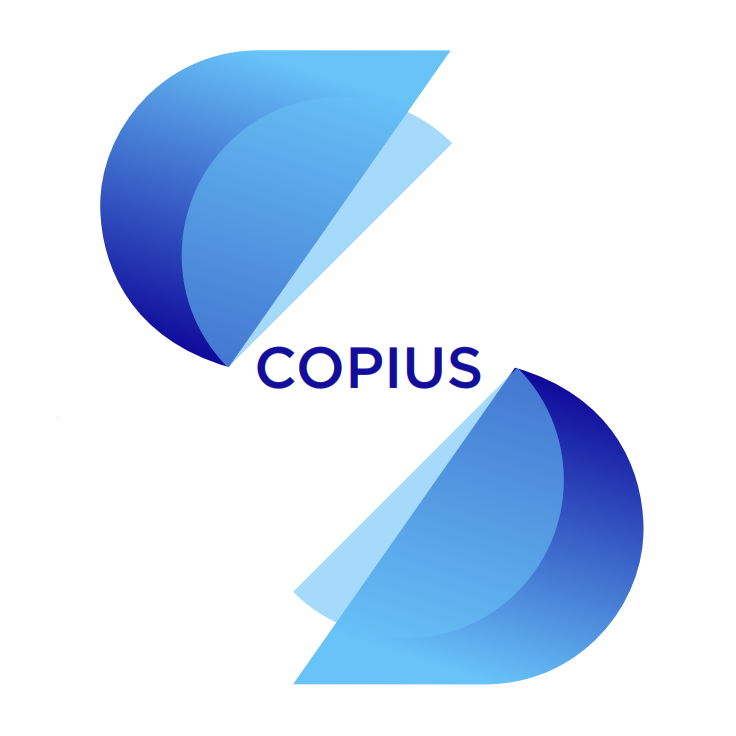

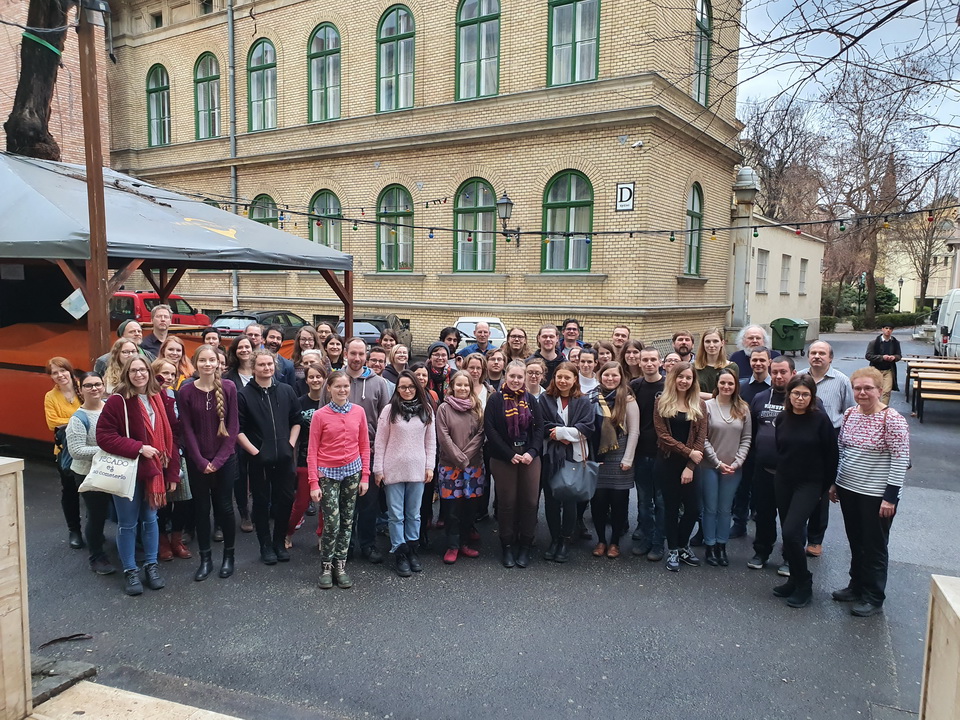
Welcome
COPIUS – “Community of Practice in Uralic Studies”
COPIUS was a strategic partnership funded by Erasmus+ established by nine European universities that constitutes a community of practice within the discipline of Uralic (Finno-Ugric) Studies. Our field covers both European nation-state languages (Hungarian, Finnish, Estonian) and a broad spectrum of endangered (minority) languages spoken in diverse multilingual communities.
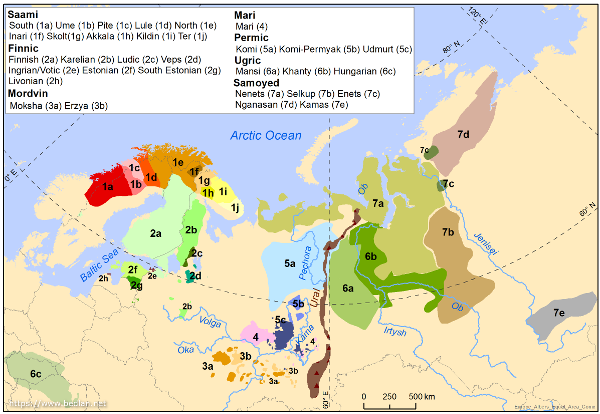
Uralic studies is inherently an international discipline, firmly anchored in the tradition of European humanities. As in other disciplines with relatively low student numbers, its institutions are increasingly threatened by rationalization pressures. COPIUS was an initiative to pool our resources, to carry out shared teaching and networking activities (winter schools, summer workshops, e-learning activities, etc.) and to create an online learning platform that will remain accessible beyond the end of our project.
A community of practice as we see it represents a mutual transfer of knowledge, methods, best practices and innovations in teaching and research. Students within our network participate in the international collaborative nature typical of academia at higher levels at an early stage of their careers. The network thus gives them an early opportunity to integrate into the scientific community. This approach can also serve as a model for other low-resource disciplines facing similar structural challenges.
The Strategic Partnership was funded for three years (01.09.2018-31.08.2021) by the Erasmus+ Programme of the European Union with a total volume of EUR 248,905.00. For general information about Erasmus+ please contact the Swedish Council for Higher Education (UHR) [link]. It is a follow-up of an earlier Erasmus+-funded strategic partnership, INFUSE – “Integrating Finno-Ugric Studies in Europe” (see www.infuse.finnougristik.uni-muenchen.de).
About Us
We represent nine European universities that offer course programmes on Uralic/Finno-Ugric studies. All of us contribute to our strategic partnership with our unique profiles in research and tuition.

In alphabetical order, the participating universities are:
 Photo: Jeremy Bradley |
Founded in 1872 (as the Department of Altaic Studies), the Department of Finno-Ugric Studies of the Institute of Hungarian Language and Finno-Ugric Studies at Eötvös Loránd University (ELTE) is the oldest institution in the world providing higher education in Uralic studies. The department currently runs three minor programs (Finno-Ugric Studies, Finnish Language and Culture, and Estonian Language and Culture) for bachelor students, a master’s program with three specializations (Uralic Studies, Finnic Studies, and Estonian Studies), and two doctoral programmes (Uralic languages and linguistics and Uralic Literature). The department’s educational profile unifies the traditional topics of Uralic studies, such as comparative historical linguistics with literary and theatre studies, archeology, history, and newer fields of Finno-Ugric linguistics, like intragenic language typology, ethnolinguistics, sociolinguistics, language policy, cognitive linguistics, for instance. Beside the major Finno-Ugric languages, the department has a specialization in Eastern Khanty, Udmurt, Komi-Permyak, Mari and minor Finnic languages, especially Veps. The department currently hosts two major research projects: one focuses on typological features of Finno-Ugric languages of the Volga Region (Typological Database of the Volga Area Finno-Ugric Languages) and the other is a joint project between the Hungarian of Sciences and the Academy of Finland, (Multilingual practices in Finno-Ugric communities). |
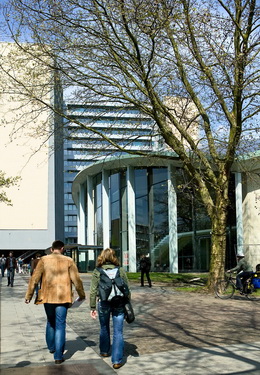 Photo: UHH/Dichant |
The history of the Institute of Finno-Ugric / Uralic studies at the University of Hamburg dates back to 1952. The research focus lies within the Northern Siberian languages in general, with an emphasis on Samoyedic languages. Recent research activities, especially the Nganasan Spoken Language Corpus long-term research project INEL (“Grammatical Descriptions, Corpora and Language Technology for Indigenous Northern Eurasian Languages“), have resulted in a growing range of glossed and annotated open-access corpora on languages of this region. Currently, corpora for Selkup, Nganasan, Kamas, and Dolgan have been published. The institute offers two degrees within the field of Uralic studies: a Bachelor of Arts Anthropological Linguistics/Finnougristics and a Master of Arts Uralic Languages and Cultures. Furthermore, the institute offers B.A. and M.A. programmes in General Linguistics. |
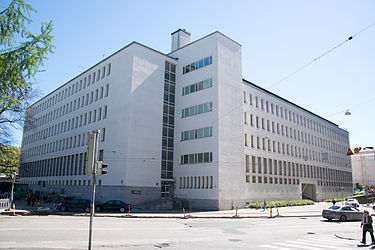 |
The University of Helsinki received a full professorship in Finnish language and literature in 1850, which in 1892 was split into a professorship in Finnish and a professorship in Finno-Ugric studies. Numerous luminaries in Finnish and Uralic philology and anthropology held these professorships, including Mathias Castrén, who wrote grammars of 14 different minority languages of Russia, and Elias Lönnrot, who collected and compiled the folk epos Kalevala. Presently the Uralic languages are taught within the Department of Finnish, Finno-Ugrian and Scandinavian Studies. The focal areas of the department include sociolinguistics, language revitalization, etymology, toponymy, and morphosyntax. There are numerous doctoral candidates and post-doc researchers from minority communities of Russia at the department. |
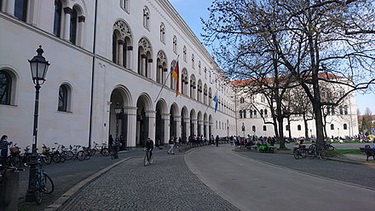 Photo: commons.wikimedia.org/wiki/File:Entrance_to_LMU_Munich_main_building.jpg |
LMU Munich was established as the University of Ingolstadt in 1472; it was moved to Munich in 1826. It today is one of the leading universities in Europe with its roughly 15,000 staff members and 52,000 students. The Institute of Finno-Ugric and Uralic studies was founded in 1965. It offers a B.A. and M.A. programme in Finno-Ugric studies, which include the tuition of both Finnish and Hungarian, optionally also Estonian and other Uralic languages, and includes courses on sociolinguistics and ethnography. The institute is a prominent centre of research on Ob-Ugric languages (Khanty and Mansi) and sociolinguistics. It has in international collaboration projects (the ESF EuroCORES EuroBABEL project ‘Ob-Ugric languages’ and its follow-up, the project ‘Ob-Ugric Database’) spearheaded the creation of innovative descriptive resources for and modern linguistic analyses of these two Ob-Ugric languages, based on both the digitalisation and annotation of existing materials and field research carried out in Siberia. |
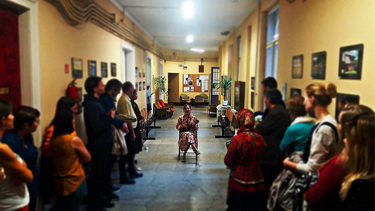 |
The University of Szeged traces its origins back to 1581 with the foundation of the Academia in Cluj (Romania), and moved to Szeged in 1921. At present the University has 12 faculties covering the fields of arts, sciences, law, economics and business administration, engineering, medicine, pharmacy, dentistry, health sciences, education, agriculture and music. It also provides quality education at B.A., M.A, Ph.D. level, as well as higher-level vocational and postgraduate specialist training programmes. The University of Szeged is one of the biggest universities in Hungary, with nearly 30,000 students and more than 7,000 employees, including about 2,200 academic staff. The Department of Finno-Ugric Linguistics at the University of Szeged was founded in 1959. The department’s profile is focused on Uralic languages of Siberia (Northern Samoyedic and Mansi) and the Volga-Kama region (Udmurt and Mordvin), especially through the lens of typology and historical linguistics. The department offers B.A. and M.A. programmes in Finno-Ugric linguistics, and it also offers doctoral studies programmes within the doctoral school of linguistics of the University of Szeged. |
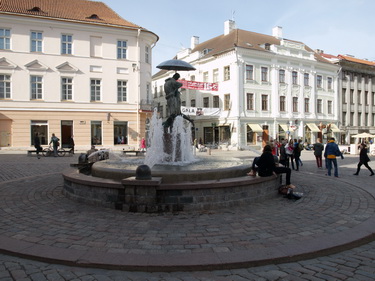 Photo: Jeremy Bradley |
The University of Tartu was founded in 1632. Its Department of Finno-Ugric Studies is part of the Institute of Estonian and General Linguistics. Curricula include B.A. and M.A. programmes in Estonian, Uralic languages, Estonian in Multilingual Society, Finnish Language and Culture, Hungarian Language and Culture, General Linguistics and Phonetics, and Computational Linguistics. A characteristic of the institute has always been the presence of doctoral students from the Uralic republics in Russia. These students have long made contemporary language and culture developments accessible in Tartu, and contribute to teaching and research at the university. They are supported by the Paul Ariste Centre for Indigenous Uralic Peoples within the Estonian Kindred Peoples Programme. Languages taught on a regular basis by native-speaker teachers include Finnish, Hungarian, Erzya, Mari, and Komi. Teaching at the institute’s departments includes courses on digital humanities. |
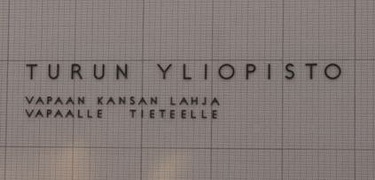 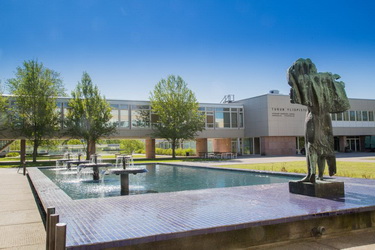 |
The University of Turku is the first Finnish-language university in the world. It was established through a national collection in which 22,040 individuals donated money. The University of Turku (UTU) was founded in 1920, shortly after Finland gained its independence. The motto of UTU “From a free people to free science” refers to its unique history. Among the first eight chairs was the professor of Finnish and Finno-Ugric Languages. In 2020, the University of Turku, consisting now of seven faculties, celebrates its centenary. Finno-Ugric Languages at UTU are taught and studied at the Department of Finnish and Finno-Ugric Languages. The department includes the Research Unit for Volgaic Languages, founded in 1993, which studies the Finno-Ugric languages spoken in the Volga-Kama region (Erzya, Moksha, Mari and Udmurt). In addition, the Turkic languages of the region (Chuvash, Tatar, and Bashkir) are studied for comparative purposes. The most important research topics are vocabulary, word formation and morphosyntax as well as development and change in the minority literary languages. Compiling and editing dictionaries as well as creating electronic language corpora also constitute an important part of the activity of the department. |
 |
Uppsala University is the Nordic region’s oldest university – founded in 1477 – and is ranked among the top 100 universities in the world. There are nearly 45,000 students and over 7,000 academic and administrative staff. The university is divided into three disciplinary domains: humanities and social sciences, medicine and pharmacy, and science and technology. These in turn consist of nine faculties and nearly 50 departments in total. Uralic languages have been taught in Uppsala since the 1890s, with a strong tradition in especially Saami and Finnish: today, at the Finno-Ugric section of the Department of Modern Languages, there are permanent positions for Estonian, Finnish, Hungarian, Saami, and general Finno-Ugric/Uralic linguistics. Important research topics at present include the documentation and description of endangered Uralic languages (Komi, Meänkieli, South, Lule and North Saami), Saami linguistics in general, dialectometry of Uralic languages, multidisciplinary views on the history of the Uralic languages, Estonian-Swedish linguistic contact, and Hungarian-Swedish literary contacts. |
 Photo: Márta Csire |
Founded in 1365, the University of Vienna is the oldest and largest institute of higher education in the German-speaking world. It has roughly 10,000 staff members and 90,000 students. A dedicated Institute (now Department) of Finno-Ugric Studies was established in 1974, although the common ancestry of genealogically distant Uralic languages (specifically Hungarian and Saami) was already demonstrated by scholars representing the University of Vienna in the 18th century. Tuition at the department focuses on language education (Finnish, Hungarian, Estonian; other languages such as Mari, Mansi, Komi, Livonian subject to staff availability), Hungarian literature studies, Hungarian teacher education (for the constitutionally recognized Hungarian minority in Austria), and comparative Uralic linguistics. The department has been especially active in the creation of online databases and teaching materials (cf. The Mari Web Project, the Ob-Ugric Database Project in collaboration with LMU Munich) and in sociolinguistic research of Uralic-speaking minorities (cf. European Language Diversity for All (ELDIA), in collaboration with a wide range of European research institutions). |
Project timeline
| September 2018 | Project launch |
| February 2019 | 7th Winter School of Finno-Ugric Studies (Hamburg) |
| March to June 2019 | Blended learning: Mari (Vienna, Turku) |
| January/February 2020 | 8th Winter School of Finno-Ugric Studies (Budapest) |
| March 2020 to May 2021 | E-learning and summer workshop: Fieldwork (Tartu, online) |
| June 2020 | Launch of web platform |
| February 2021 | 9th Winter School of Finno-Ugric Studies (Helsinki, online) |
| August 2021 | Summer workshop: Etymology (Vienna, online) Publication of teaching materials, conclusion of project |
More on teaching activities
Contact Us
Project Coordination
Prof. Dr. Rogier Blokland
Engelska parken
Thunbergsv. 3 L
751 26 Uppsala
Sweden
Organizational Assistant
Dr. phil. Maximilian Murmann (LMU Munich)
Technical Administration
Dr. tech. Dr. phil. Jeremy Bradley (University of Vienna)
Webmaster
Tobias Weber, M.A. (LMU Munich)